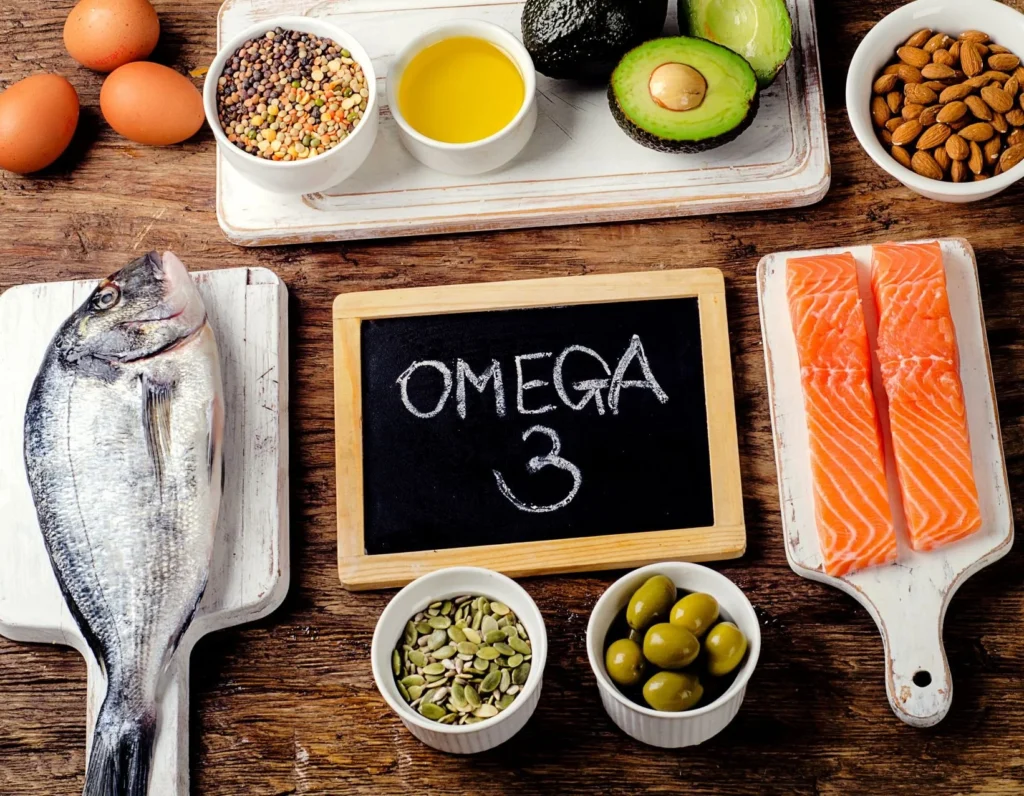In this month’s Nutrition Education article, SMAA Meals on Wheels Dietician, Elizabeth Varga, shares about, “The Power of Omega-3s.”
Omega-3 fatty acids are unsaturated fats, or “good fats,” that provide significant health benefits when consumed regularly. They are best known for their antioxidant properties, which help reduce the risk of disease, and for supporting healthy cholesterol levels, thereby improving heart health. Our bodies can do many things—except make Omega-3s on their own. Therefore, we must obtain them through food sources or supplements.
There are three main types of Omega-3 fatty acids, which differ depending on whether they come from fish or plant sources. What’s important to know is that the body tends to process Omega-3s from fish sources more efficiently. That’s why it’s recommended to consume two servings of fatty fish per week. If you’re concerned about not getting enough Omega-3 fatty acids from your diet, talk to your healthcare team before taking any supplements.
Common Sources of Omega-3
Fatty fish is the most common and concentrated source of Omega-3s. Tuna contains about 0.17 grams per serving, while salmon provides approximately 2.3 grams.
Chia seeds are a great plant-based source, offering about 2 grams per tablespoon. They’re also rich in fiber and protein. Flax seeds provide similar nutrients, but with slightly more Omega-3—about 3 grams per tablespoon.
Walnuts are another excellent plant source, with around 2.7 grams per serving. Soybeans also contain Omega-3s, which means that tofu and soy milk can be good vegetarian options as well.
Shopping Tips for Omega-3 Foods
Food sources like chia seeds and fresh fish can be on the expensive side, but there are several cost-effective alternatives.
Frozen fish is a great option with a longer shelf life than fresh fish. For example, Walmart sells a two-pound bag of individually packed salmon for about $10.
Also, keep an eye out for Omega-3 fortified foods. Milk brands such as Stonyfield, Horizon, Great Value, and Fairlife all offer Omega-3 fortified options. You can even find fortified trail mixes that provide an extra boost.
Sample Recipes
Nutrient-Dense Tuna Salad:
Tuna already contains high amounts of Omega-3s and protein, but you can boost the fiber by adding extra vegetables like celery and peppers. Using low-fat mayonnaise helps reduce saturated fat. Tuna is a lean protein source that also provides Vitamin B12—an essential nutrient that becomes harder to absorb as we age.
Omega-Packed Salad:
Some vegetables, such as spinach and broccoli, contain small amounts of Omega-3s. To add more, top your salad with nuts or seeds. You can also increase both protein and Omega-3s by adding canned salmon. More fruits and vegetables add fiber and color. When choosing a dressing, be mindful of high sodium levels.
